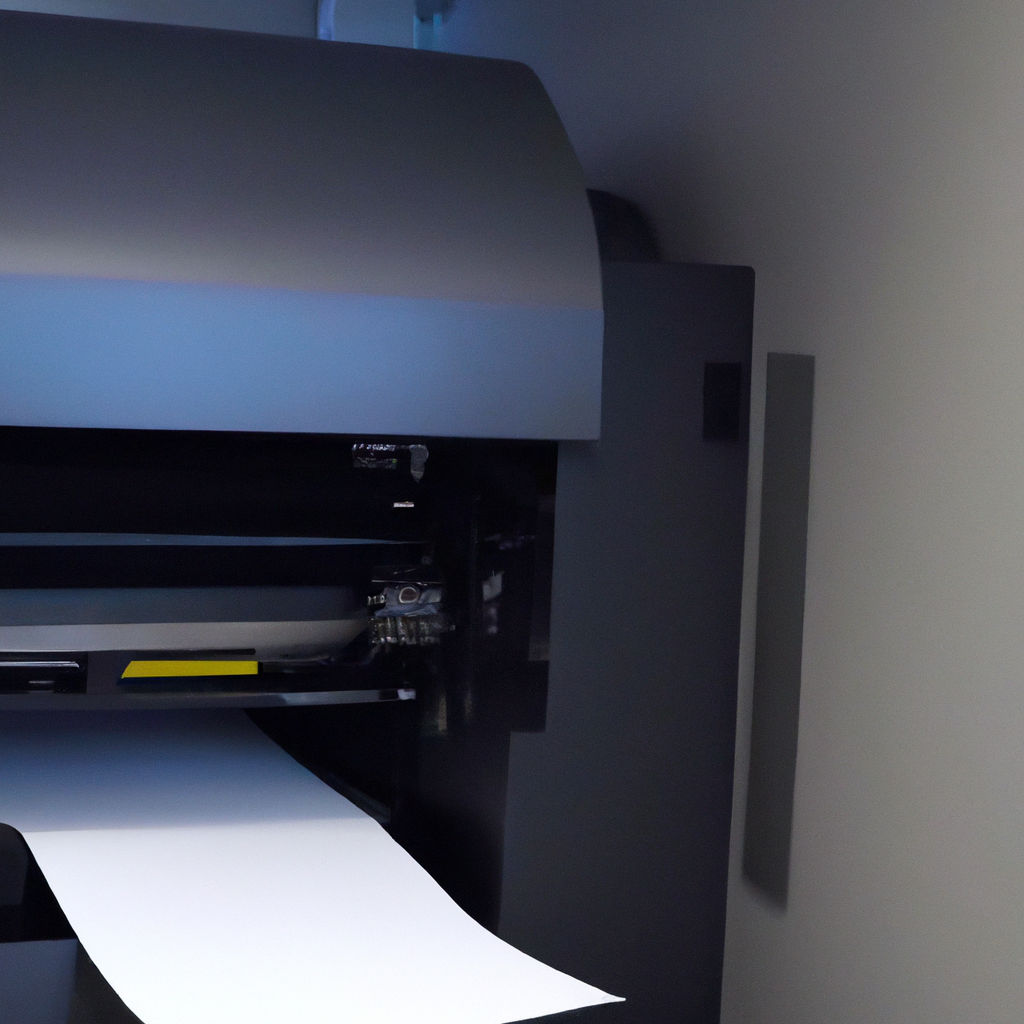A photocopier is an essential office equipment that produces copies of documents. It is a machine that uses printing technology to create duplicate copies of any document. The photocopy process is a simple process that involves using light to transfer the image from the original to a blank sheet of paper. In this article, we will explore how a photocopier produces copies of documents.
The Photocopier Machine
A photocopier machine consists of a few essential components. These are:
1. A glass surface: This is where the original document is placed for copying.
2. A light source: This illuminates the original document to create a copy.
3. A lens: This focuses the light onto the document.
4. A photoconductive drum: This is an electrostatically charged cylinder that attracts toner particles.
5. Toner: This is a fine powder that creates the image on the paper.
6. Fuser: This heats and presses the toner onto the paper.
The Photocopy Process
The photocopy process begins with placing the original document face-down on the glass surface. The light source illuminates the document, and the lens focuses the light onto the photoconductive drum. The drum rotates, and the electrostatic charge attracts toner particles to create an image of the original document. The toner particles are then transferred to a blank sheet of paper, and the fuser heats and presses the toner onto the paper, creating a permanent copy of the original document.
Let us explore each component of the photocopier machine in more detail.
1. The Glass Surface
The glass surface is where the original document is placed for copying. The glass surface must be clean and free from any smudges or debris that may affect the quality of the copy. The document should be placed face-down on the glass surface, and the edges of the document should be aligned with the edges of the glass surface to ensure that the entire document is copied.
2. The Light Source
The light source illuminates the original document to create a copy. The light source is typically a fluorescent lamp that produces a bright and even light. The light is reflected off the document and onto the lens.
3. The Lens
The lens focuses the light onto the photoconductive drum. The lens is typically a series of mirrors and lenses that magnify the image of the document and project it onto the photoconductive drum.
4. The Photoconductive Drum
The photoconductive drum is an electrostatically charged cylinder that attracts toner particles. The drum is coated with a material that becomes electrically charged when exposed to light. The electrostatic charge attracts toner particles to create an image of the original document.
5. Toner
Toner is a fine powder that creates the image on the paper. Toner particles are attracted to the electrostatic charge on the photoconductive drum. The toner particles are then transferred to a blank sheet of paper, creating an image of the original document on the paper.
6. Fuser
The fuser heats and presses the toner onto the paper, creating a permanent copy of the original document. The fuser is a set of heated rollers that melt the toner particles onto the paper. The fuser ensures that the toner particles adhere to the paper and do not smear or smudge.
Conclusion
In conclusion, a photocopier is a machine that produces copies of documents using printing technology. The photocopy process involves using light to transfer the image from the original to a blank sheet of paper. The photocopier machine consists of a glass surface, a light source, a lens, a photoconductive drum, toner, and a fuser. Understanding how a photocopier produces copies of documents can help you maintain and troubleshoot your photocopier machine.







